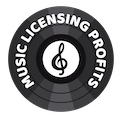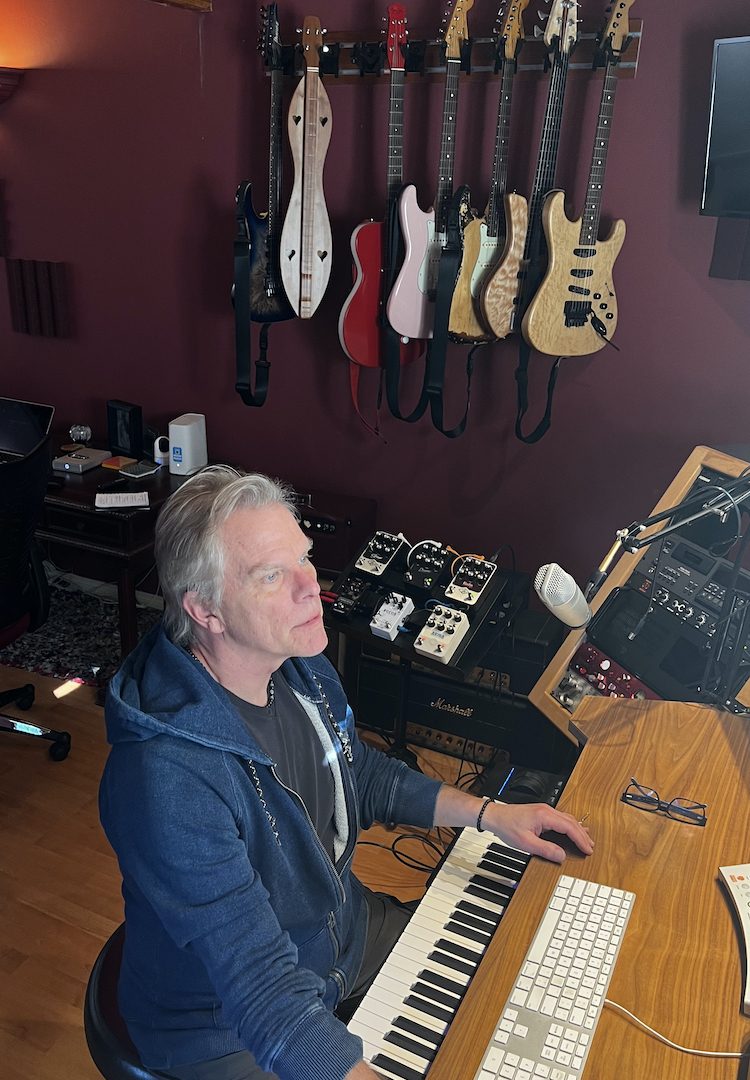In the first blog of this series I explored Music studios of the early 80’s into the 90’s. In the mid -Eighties a music-tech revolution emerged where digital technology began to overtake older analog equipment . I remember my very first computer was a Commodore 64k with a large floppy disk drive. Wow! An 8 bit computer with 64 Kilobytes of RAM! So Hi-Tech!!! I also bought a four track Tascam tape recorder with 1/4” inch tape. I would “sync” (synchronize) both the computer and tape recorder together by recording SMPTE time code onto one of the four tracks. The computer would “read” the code and follow along (or slave) with the tape machine! I thought I was in Music Production heaven! OK I couldn’t really do “Master Quality” productions but at least I could pre-record tracks and get the ball rolling. I’d finish the process at the recording studio. I can tell you that by using that primitive gear day in and day out I taught myself how to “engineer” my tracks and slowly my “music production” chops got better and better.
Quickly through the early 90’s digital computers made huge strides. Digital tape machines also came on the scene, they operated similar to Digital samplers, recording audio digitally but this time with much longer durations.
In the middle to late 90’s my home studio fully transitioned over to the digital side. Analog technology was now in the rear view mirror! (Sad) I could now record audio, record midi synthesizers and handle automated mixing tasks all using a couple of computers.
The price point on all this new digital technology was staggeringly cheaper than the older analog gear. All of a sudden, the home studio setup became a reality for so many Producers and Musicians!
Now in the 21st century, the young musician has an infinite amount of musical choices at their fingertips with a decent laptop and a Digital Audio Workstation (DAW) of his/her choice. Apple’s “Garage Band” or “Logic”, Digidesign’s “Pro Tools” , Steinberg’s “Cubase” and my personal favorite, Motu’s “Digital Performer” are all good examples of a (DAW). Of course if you’re recording instruments or vocals you’ll need a capable microphone and an A/D interface ( Analog to Digital Interface) to go between your microphone and computer. An A/D interface takes your analog signal and converts it into a digital format.
These days anyone can piece together a functional home music studio setup for around 2 or 3k. The easy part is buying the gear, the hard part is coaxing some magic out of it. As they say, a better computer won’t make you a better songwriter. It’s certainly is easier than ever to get your music recorded, but it’s still up to you to provide the talent!
Discover Where The Money’s Hiding in the Music Business, in 2023

